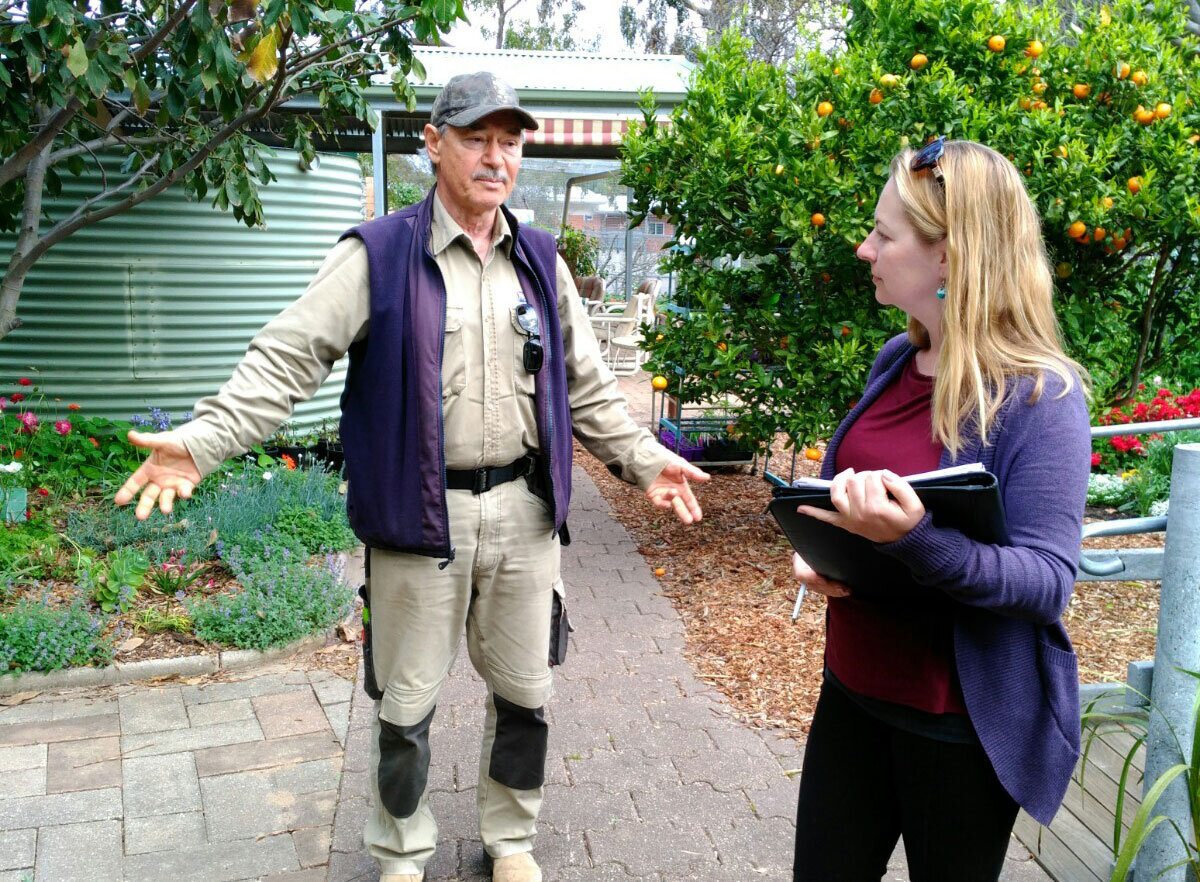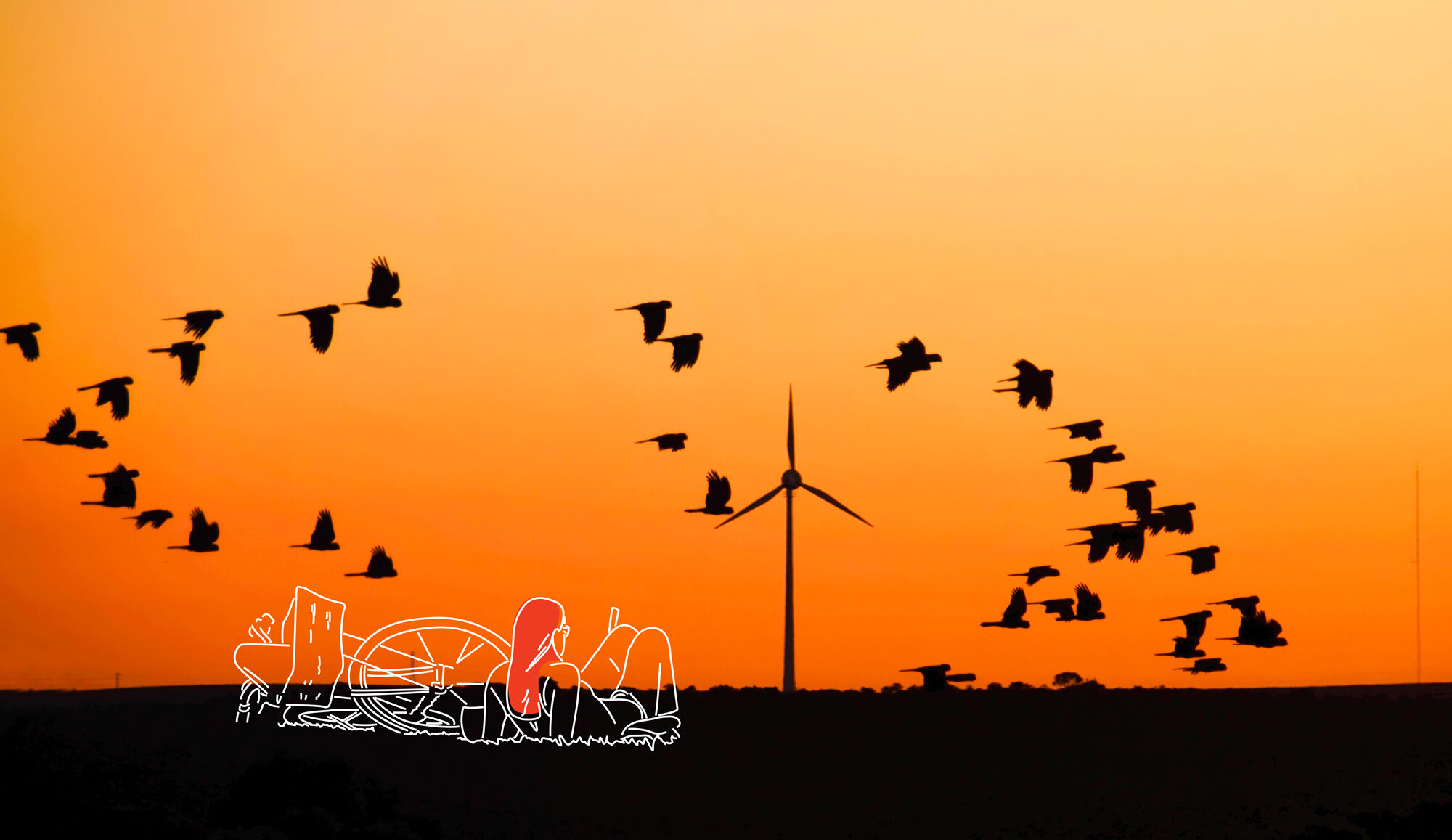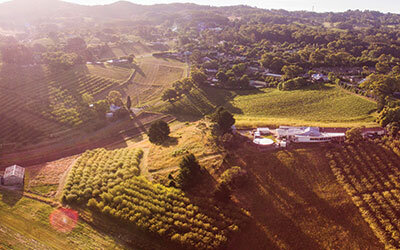
SHift 8
A resilient conservation sector is critical
From accepting burn-out as normal to a healthy workforce with strong and diverse capabilities
The conservation sector needs to regard its people as its most important asset. Workforce and capability reviews are commonplace in other professional sectors to ensure sufficient and suitably qualified employees will be available to meet future needs and identify where training, development, recruitment and investment is required.
Despite the high vocational standards required to join the conservation workforce and the talent and professionalism on which it relies, the profession is rarely regarded or supported in the same way as many of its peers.
The Nature of SA has identified a plethora of skills required to take carriage of the nature conservation and resilience agenda and it will be important that the sector, tertiary and other training providers build upon these to adequately prepare the professionals of the future.
The sector also needs to see itself as a much broader church. Everyone has a stake in protecting nature and there are so many different skills, perspectives and roles available to collaborate on this challenge.
We need to explore workforce, volunteer and ambassador models that embrace and utilise these differences and reach more effectively while maintaining the core technical expertise required to guide delivery, strategy and decision making.
Tertiary educators should also build on the integrated foundations laid by the national school curricula to ensure all vocations better understand the benefits of nature to their professional goals and their respective duty of care.
Like many other community service sectors the conservation workforce, which includes a strong volunteer contingent, is often exposed to prolonged periods of high stress and at times trauma.
Stress reduces a worker’s ability to concentrate, work collaboratively and think creatively; all skills essential in the modern workplace. Unfortunately this stress is also often taken home leading to other more significant and personal consequences.
Other service agencies, such as health and social services, are now implementing professional and self-care plans to ensure their workforce remain healthy and productive and it will be important that we follow their lead. Perhaps just as importantly, we need to be more aware and deliberate in looking after ourselves and each other.
Collaborating better with other organisations, partnering with our interstate and international counterparts and sharing knowledge will be beneficial to the sector’s resilience and provides an opportunity to strengthen relationships with the broader community. A sector that has robust capacity, is well connected, healthy and shares a common vision is likely to be more resilient and effective in the long term.
— ♢♢♢ —
Case study

Case study
Trees for life
Growing Communities project
Image: Project staff visited community members’ homes and gardens to perform in-depth, ethnographic interviews to understand their many and varied relationships with nature.
Trees for Life has recognised the need to build capacity to adapt and innovate so they can activate new audiences to connect with nature and contribute through volunteering. A specific project was developed to build the capacity of Trees for Life staff in human centred design and innovation methods. The new knowledge was applied to increase understanding of how and why people in Adelaide connect with nature, participate in nature-based volunteering and plant natives in their gardens. Trees for Life wanted to know what they could do to create new programs or experiences, or update existing experiences for new audiences.
The capacity building workshops trained staff in human-centred design, how to undertake in-depth interviews and how to design and implement prototype projects.
A human-centred mindset helps you to see things from many different perspectives, to be curious and open to other people’s thinking and ideas to build deeper insight into their motivations and aspirations so you can create better experiences for them. This is essential to really hear what the community has to say about connecting to nature, and to unlock innovation.
Following in-depth interviews, insights obtained were collated and interrogated to identify themes and opportunities for prototype projects.
Three prototype projects were implemented: designing and running workshops to promote use of native plants in gardens, exploring value propositions for why organisations undertake ‘corporate volunteering’ and two nature nights aimed at connecting people who have recently arrived in Australia with our wildlife.
Evaluation of prototype projects is a critical step in the process. As a result of the program three areas of work will be followed-up with ongoing prototyping and action. An Innovation Guide’ has also been developed through the process to help embed the innovation culture at Trees for Life.
— ♢♢♢ —
The Growing Communities Project was funded with a grant from the Myer Foundation and training and support was provided by Hinterland. The project was undertaken with project partners Cities of Onkaparinga and Tea Tree Gully and Natural Resources Adelaide and Mount Lofty Ranges.
Image © Trees for Life
❯❯ More shifts









